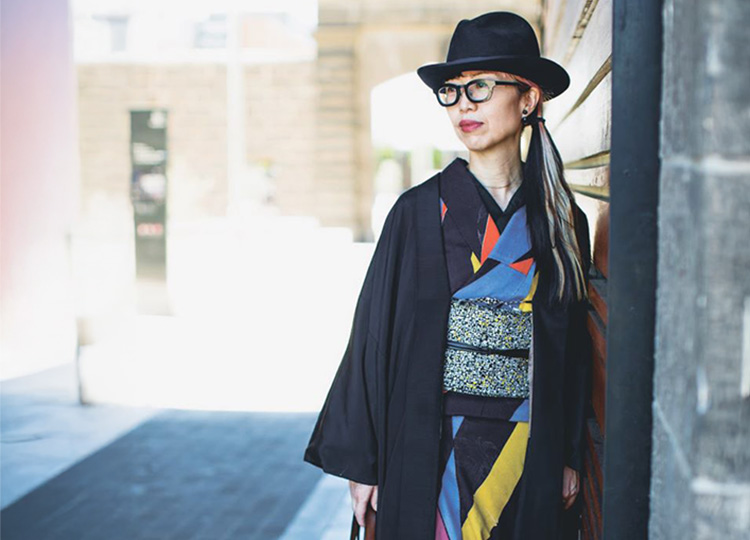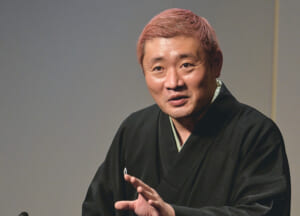A kimono is a kimono no matter how you wear it
オーストラリアの着物スタイリスト、Sala Okabeさん

オーストラリア・メルボルンを拠点に活躍する着物スタイリストの Sala Okabeさん。「着物は特別なもの」という固定観念を覆し、より身近で自由に楽しめる存在へと生まれ変わらせた。その独創的でオープンなアプローチは、国内外の着物愛好家を魅了している。
Sala Okabe is a kimono stylist based in Melbourne, Australia. She is the epitome of Steve Jobs’s famous phrase that the people crazy enough to think they can change the world are the ones who end up doing so. Thr
既に定期購読会員の方
ログイン方法がわからない方はこちら
A kimono is a kimono no matter how you wear it
オーストラリアの着物スタイリスト、Sala Okabeさん



プレイリスト
記事を選んでリスニング
1月3日の他記事
-
43-year-old man arrested over stabbings of 2 teens in Kitakyushu
北九州の中学生殺傷事件で43歳の男逮捕

COURTESY OF SALA OKABE
National NewsJanuary 3, 2025 -
AI services growing in popularity among language learners in Japan
日本人が言語学習に用いるツールとして AIを用いたサービスが最も人気

COURTESY OF SALA OKABE
Easy ReadingJanuary 3, 2025 -
Most US teens are abstaining from drinking, smoking and marijuana, survey says
米国の青少年による薬物使用 パンデミック後も低水準を維持

COURTESY OF SALA OKABE
Easy ReadingJanuary 3, 2025 -
Embracing my greys
白髪を受け入れること

COURTESY OF SALA OKABE
EssayJanuary 3, 2025
-
Taking ‘touristship’ out on the high seas
一般社団法人ツーリストシップ代表理事、田中千恵子さん

COURTESY OF CHIEKO TANAKA
InterviewApril 18, 2025 -
Shogun actor taking nothing for granted
『SHOGUN 将軍』出演の俳優、平川貴彬さん

PHOTOGRAPHY BY KEN HIRAMA
InterviewApril 11, 2025 -
Fasten your seat belts, it’s time to fly high
在バンクーバー客室乗務員のRyucrewさん

COURTESY OF RYUCREW
InterviewApril 4, 2025 -
Getting laughs in English and Japanese
英語と日本語を自在に操る落語家・立川志の春さん

PHOTOGRAPHY BY SHINNOSUKE FUTAGAMI
InterviewMarch 28, 2025







